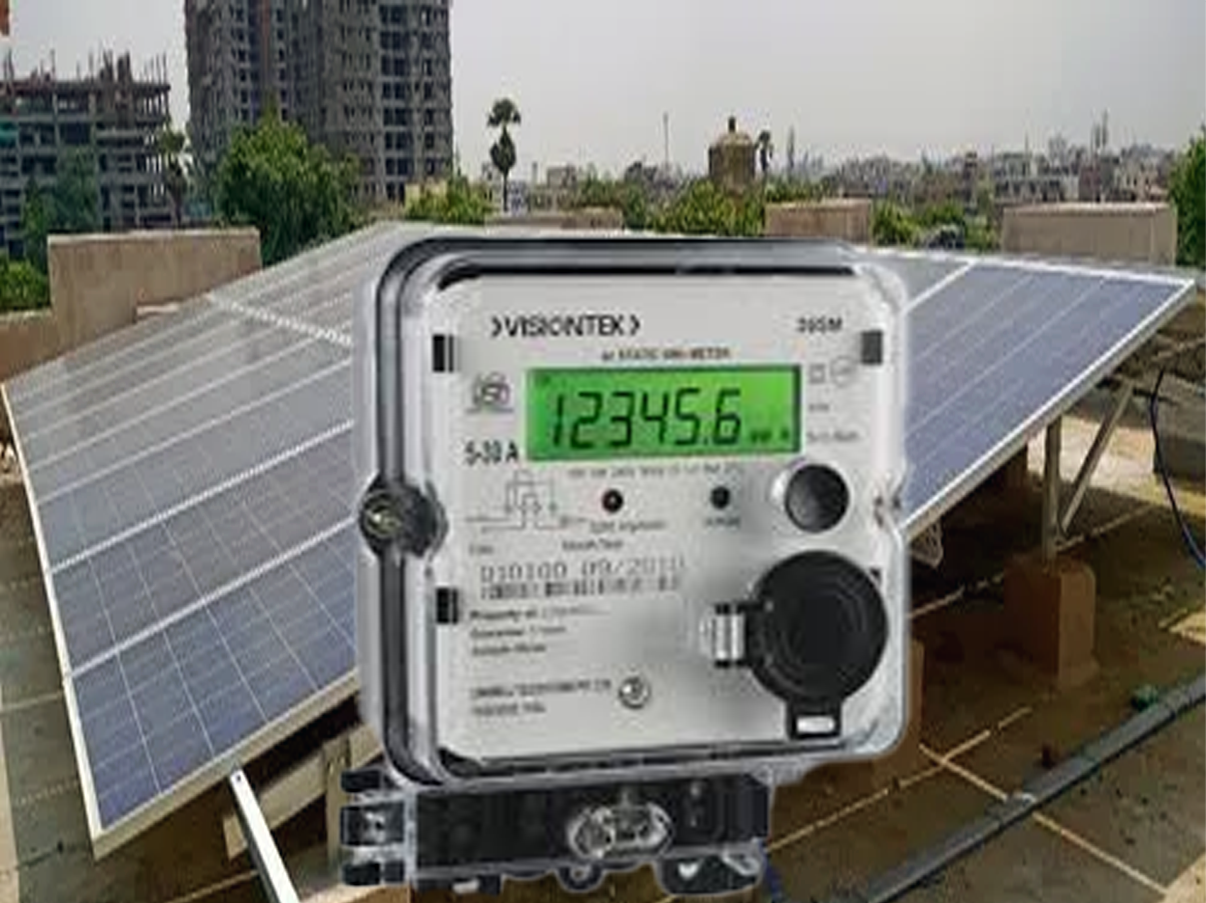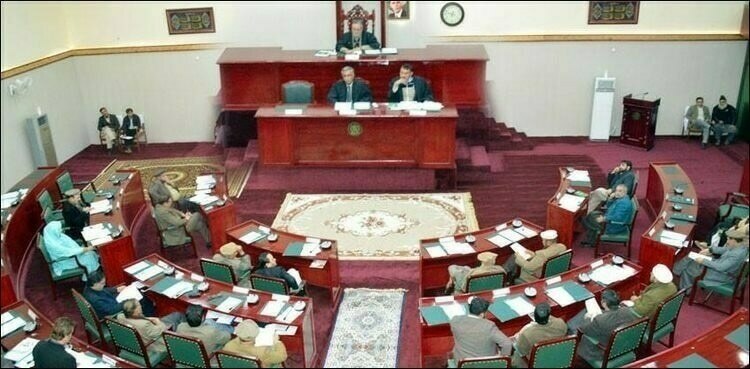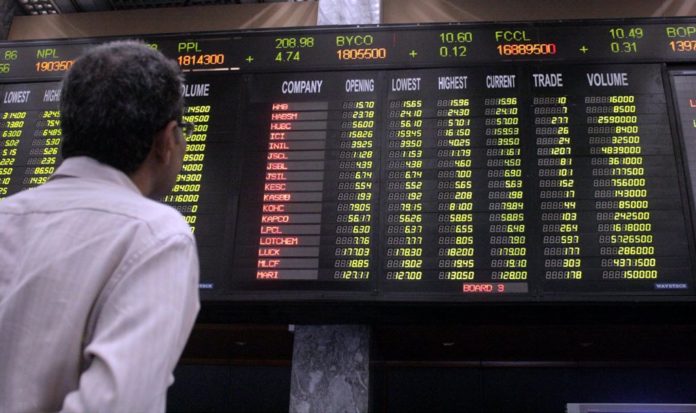PTBP Web Desk
net metering policy, which allows consumers to sell surplus solar energy back to the national grid, is undergoing significant revisions. Prime Minister Shehbaz Sharif has directed the Power Division (PD) to urgently coordinate with the National Electric Power Regulatory Authority (NEPRA) to review and verify the proposed buyback rates. This move comes after months of deliberations and aims to address concerns over the financial impact on non-solar electricity consumers.
Under the current net metering regime, consumers generating their own electricity through solar panels can feed excess power into the grid and receive compensation at a buyback rate. Previously, this rate was set at Rs 27 per unit. However, the Power Division proposed reducing the buyback rate to Rs 11.30 per unit, citing the need to alleviate the financial burden on other electricity consumers. This proposal has faced opposition and has been subject to multiple reviews and delays.
During a meeting on October 22, 2025, at the Prime Minister’s Office, attended by relevant stakeholders, Prime Minister Sharif instructed the Power Division to:
- Review and Verify Tariff: Coordinate with NEPRA to assess the proposed buyback rates and their impact on other consumers before finalizing any proposals.
- Legal Review of Existing Contracts: Examine all contracts signed under the Net Metering Rules 2015 to determine if buyback rates can be legally altered without breaching existing obligations.
- Draft New Contracts: Develop standard contracts aligned with a proposed Net Billing framework for future customers.
- Communication Strategy: The Minister for Information and Broadcasting has been tasked with creating a comprehensive narrative to effectively communicate the government’s decision on the new framework.
The Power Division’s proposal to reduce the buyback rate stems from concerns over the financial strain placed on non-solar electricity consumers. With the increasing adoption of rooftop solar systems, a significant amount of electricity is being fed back into the grid, leading to reduced energy sales and higher capacity payments. For instance, in FY2024, the expansion of net metering capacity resulted in an estimated sales reduction of 3.2 billion kWh, translating into an additional burden of Rs 101 billion on other consumers. Projections indicate that by FY2034, this impact could escalate to Rs 545 billion.
The proposed reduction in the buyback rate has raised concerns among solar energy consumers. A lower buyback rate could extend the payback period for solar installations, potentially discouraging future investments in renewable energy. Additionally, the shift from net metering to net billing, where consumers are compensated for surplus energy at a lower rate, may affect the financial viability of solar projects.
The rapid growth of distributed solar generation has introduced challenges to grid stability. High daytime generation from rooftop solar installations has, at times, placed the national grid under operational stress. The system operator has been compelled to restore supply to high-loss feeders to protect the grid infrastructure. These operational challenges underscore the need for a balanced approach to integrating distributed generation while ensuring grid reliability.
The government’s review of the net metering policy is part of a broader effort to balance the promotion of renewable energy with the financial sustainability of the national grid. While the shift towards solar energy is encouraged, it is essential to address the economic implications for all consumers. The outcomes of the ongoing review will determine the future framework for net metering and its alignment with Pakistan’s energy goals.




